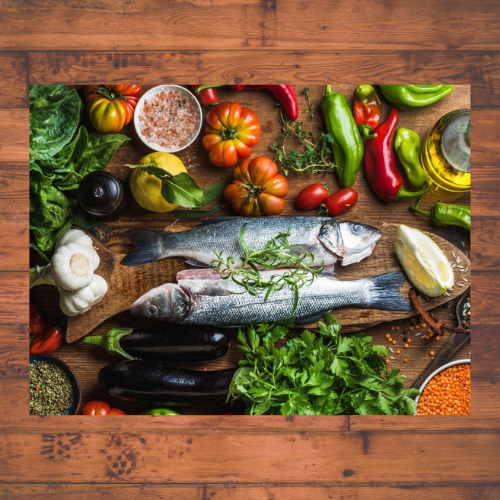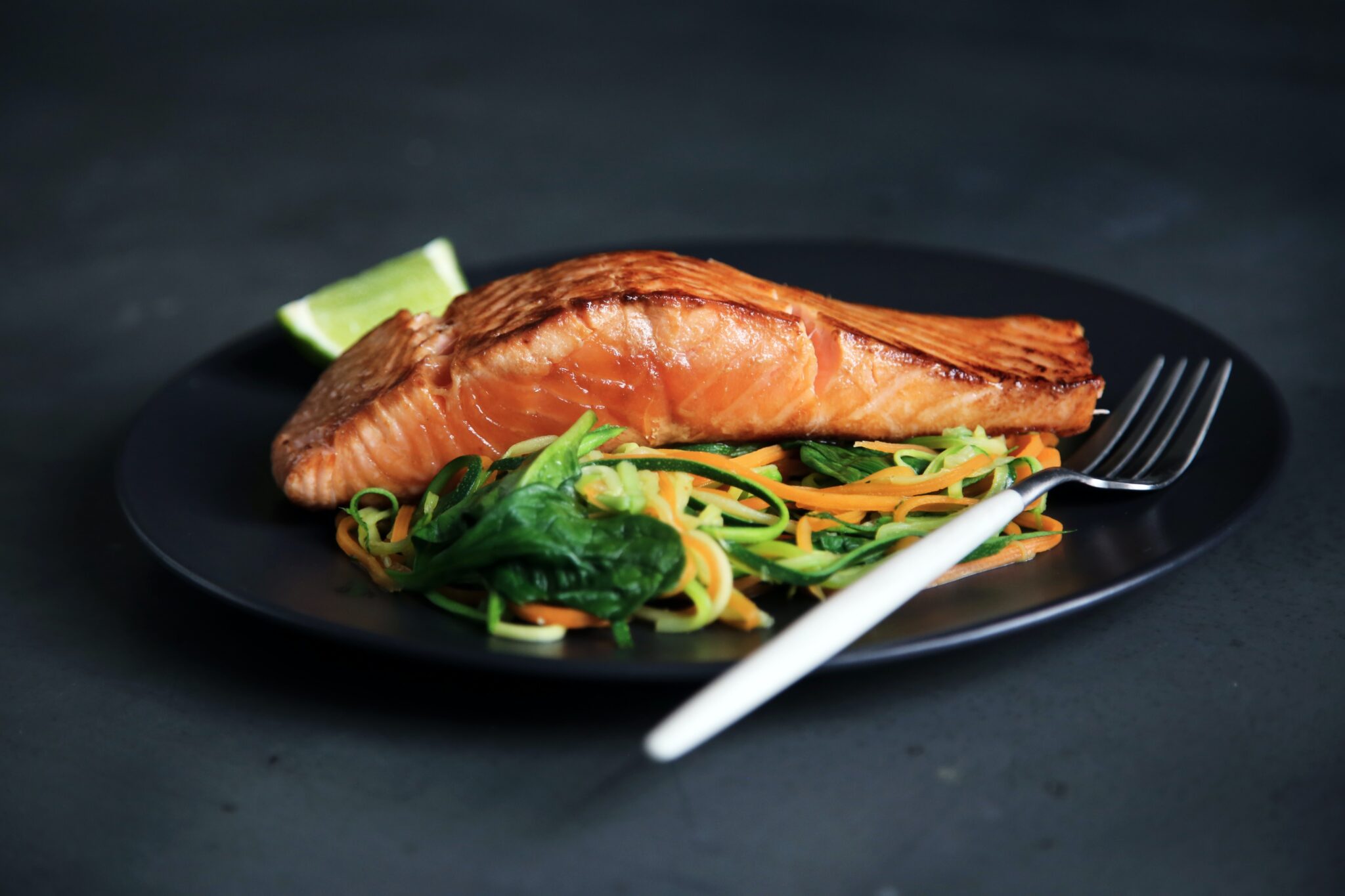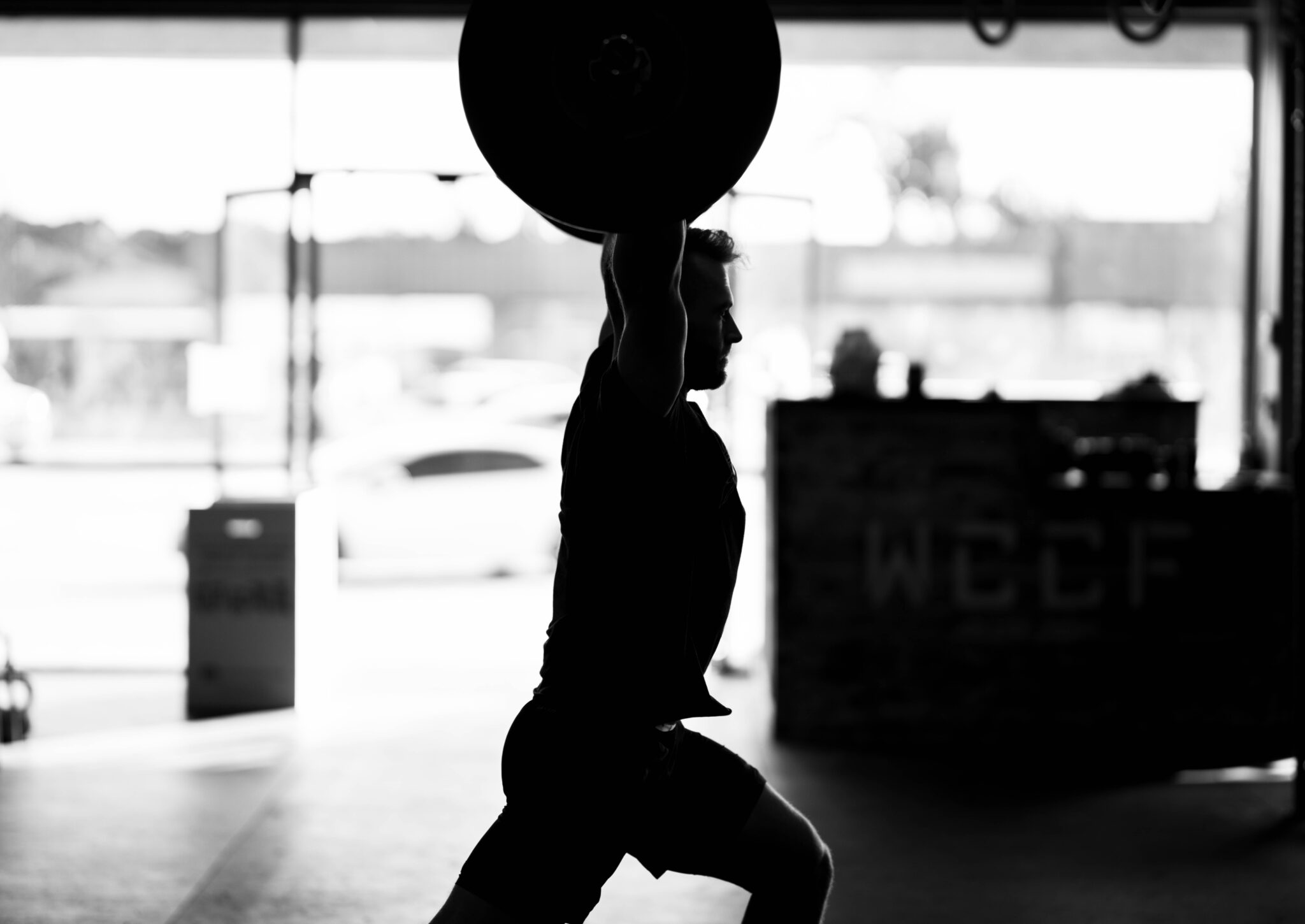You’ve set your goal and mapped out your training plan, now it’s time to create a nutrition plan that will help you reach your weight loss goal.
But where do you start? What are the basics of creating a nutrition plan?
And more importantly – How can you make a nutrition plan you can stick to in the long term?
This e-book will walk you through the steps of creating a plan that works for you and your lifestyle, IN THE LONG TERM!
So whether you’re looking to lose weight, gain muscle, or just maintain your current fitness level, read on for tips on how to create a nutritious diet that fits into your busy schedule.
The Goals Of A Nutrition Plan
It’s no coincidence that the most successful people in life are also the healthiest.
And it isn’t just because they’re genetically blessed with good looks and a healthy metabolism.
The truth is, you can have all of those things too if you know how to take care of the human body you won in the galactic lottery.
But first, let us shed some light on exactly WHY you should take care of your nutrition and what the goals of such a plan are.
#1 Provide Sufficient Nutrients
The human body is a complex machine that needs fuel to run.
The fuel for the body comes from food.
Food provides the energy and nutrients that the body needs to function properly.
There are three types of macronutrients in food, which we’ll talk about in a minute.
There are also micronutrients (vitamins and minerals) that don’t provide calories but are important for the proper functioning of all bodily functions systems.
So here’s for a point made – The primary goal of a good nutrition plan is to give your body everything it needs to sustain optimal functioning of all internal processes (what we refer to as “being healthy”)
#2 Get You Closer To Your Goals
Now of course, everybody wants to enjoy being in good shape and as a matter of fact, fitness is something we’re all supposed to have and enjoy.
This is why, when creating your nutrition plan, you should make sure that it is taking you closer to your goals, whatever they may be.
If you have excess weight that you want to lose, your nutrition plan must put you in a deficit of calories (eating less than your body needs to maintain its weight.)
And oppositely, if you are really skinny and want to put on weight, you should be in a slight surplus of calories (eating more than your body needs to maintain.)
And so, the fundamental layer is point number 1 – Covering all your nutritional needs, and the secondary layer is to do it in such a way, that you’ll be getting closer to your goals.
#3 Be Sustainable
Now to the main point – Sustainability!
Think about it – Most people give up on their diets after only a couple of weeks.
This is because most diets are not sustainable, and they are not designed to be followed for the long term.
In fact, many people who lose weight while dieting gain it all back (and sometimes more) when they go back to their old eating habits.
The key to success is finding a diet that you can stick with for the long term (a sustainable diet.)
This means finding a diet that is both healthy and satisfying, and that does not require too much sacrifice or discipline.
So how exactly do you do that? Well, you have to first understand what actually matters in a diet.
So let’s find out!
What’s Important In A Diet?
Okay, as people interested in fitness, we’ve heard many statements regarding what’s important in a diet.
Some will say all you have to do is cut out bread and fizzy drinks to lose weight…
Others go against any and all types of carbs, while there’s a third group of people swearing by high fat intake and intermittent fasting.
But what actually matters?
Well, to answer this question, we must understand what the body actually NEEDS.
#1 Protein
Protein is one of the essential nutrients that the body needs to function properly.
Protein helps the body repair tissue, build muscle, and produce enzymes and hormones.
And when we say ‘essential’ what that means is ‘the body needs it for optimal functioning, but can’t produce it on its own.’
This is why your diet must provide sufficient protein of good quality, and this is the most important thing in any nutrition plan.
Now, protein can be found in both animal and plant foods, but animal foods have a better nutrient profile overall, because their proteins are more complete, and of higher value for the body.
If you are an omnivore, some good sources of protein you can include in your nutrition plan are meat, poultry, fish, eggs, dairy products, legumes, and nuts.
Nevertheless, that doesn’t mean you can’t get sufficient protein as a plant-based eater.
If that’s the case, focus on a variety of nuts, legumes, grains, and other products like tofu and tempeh!
Variety is key in a plant-based nutrition plan.
#2 Fat
Now, as you learned, there are certain proteins that are essential for the body, because our bodies cannot produce them internally.
But besides protein, there is another essential nutrient – Fat!
Quality dietary fats are responsible for the maintenance of a variety of functions in the body.
One of the most important mentions here is hormonal regulation!
So yeah, fats don’t make you fat, really.
All they do is help your body function the way it should!
Oh and besides, both protein and fat have one very unique property that can make a diet sustainable… But we’ll talk about it in a minute.
For now, let’s talk about the third macronutrient.
What About Carbs?
Okay, if protein and fats are essential for the body, does the same go for carbohydrates?
Well, not really… In fact, carbs have been demonized for decades, perhaps ever since the notion of diets came into existence in the first place.
Carbs have been blamed for many things, from excess weight gain to diabetes.
But in reality, carbohydrates are not all that evil, especially if they are of good quality.
In fact, they are not evil AT ALL and can be made functional.
“Wait, what? Carbs can actually be of good use?”
Well, yeah! Though non-essential for the body (our bodies can produce glucose on their own), carbohydrates are a great source of energy for any and all workout activity, and especially intense such (weightlifting, bodyweight training, etc.)
And well, when we consider that a proper nutrition plan should make you look better naked… And when we pair that with optimal training performance fueled by yours truly, carbs… The formula for a living Greek Sculpture is complete!
However, that doesn’t mean eating sweets all the time – Resort to quality sources of carbohydrates, such as rice, potatoes, sweet potatoes, oats, fruits, and starchy vegetables.
How Does A Diet Become Sustainable?
Alright, with all of this out of the way, let’s talk about sustainability – What is it that actually makes a nutrition plan sustainable?
Well, when we consider the fact that most people can’t stick to their diets because they’re constantly thinking about their favorite foods, it is fair to say that the single MOST important factor for a sustainable nutrition plan is … Satiety.
Most people starting a diet follow crash diets that are too restricting!
Quite simply, 90% of diets just deprive you of food too much and lead you to become constantly hungry.
Now, remember when we mentioned that both protein and fats have one unique property that can help your diet become more sustainable?
Yeah, well that property is namely their ability to regulate appetite and satiety!
In fact, protein and fat-rich foods are the MOST SATIATING foods one can eat.
Steak In The Morning
Okay, when most people think of a “diet”, what comes to mind is:
- Breakfast – A cup of coffee, one fruit, maybe one egg
- Lunch – Salad
- Dinner – Salad with some meat
In-between these 3 main meals, there are a TON of snacks (some are even unconscious) that lead people to consume more calories than they’re supposed to.
And that is because the main meals are NOT satiating.
This is why we highly advise our clients to FOCUS on PROTEIN & FAT-rich meals.
That’s right, we said it – Eat steak in the morning.
Seriously, if you’re on a weight loss diet, try this out – In your breakfast, consume a solid steak with a portion of potatoes and see how many hours it takes for your stomach to become an orchestra again.
The answer is – probably way more than the usual breakfast made up of sugar and empty foods (fruits, coffee/juices, and salads.)
A solid meal at breakfast will give your body actual food to digest for longer periods, thus regulating appetite and keeping you satiated.
How Much Do You Need?
Alright, with these considerations out of the way, there may be one or more questions that come to mind.
One of the main ones – How much fat/protein do you need?
And well, the answer is, it depends.
As a general rule of thumb however, you should remember these two things:
1. Optimal daily protein intake forms at around 1g of protein per lb of bodyweight
- Optimal daily fat intake forms at around 0.45g of fat per lb of bodyweight
If you’re within these amounts and derive the nutrients from quality sources, you should not have any appetite or satiety issues.
Honorable Mention
Besides your protein and fat intake, there is another factor to consider in the context of a sustainable weight loss diet – Your caloric intake.
Now, the thing about a weight loss nutrition plan is that in order for it to work in the first place, it must put you in a deficit of calories, as we’ve mentioned earlier.
However, the greater the deficit, the less sustainable the diet becomes (the hungrier you will be.)
This is why, it is worth mentioning that your nutrition plan should put you in the range of a sustainable caloric deficit, which is generally considered to be around 300-500 calories per day.
That is, 300-500 calories below your Total daily energy expenditure (TDEE), which is basically the number of calories you need, in order to maintain your bodyweight.
Now, the TDEE depends on a variety of factors, but you can find well-integrated calculators online.
Here’s our favorite one, which we’ve found to be the most accurate – https://www.traininginthebay.com/macro-calculator/
Key Notes
With all of this information in mind, it is worth saying that creating a sustainable nutrition plan isn’t really easy, but it can be boiled down to a couple of main principles.
Here they are:
- Eat in a moderate caloric deficit of 300-500 calories per day
- Hence, lose weight at a fairly slow rate (1 lbs per week)
- Focus on protein-rich foods
- Derive quality dietary fats
Besides those four, you should also experiment with meal frequency AND practice conscious constraint.
The latter refers to the times when you’re initiating a snack session – Ask yourself ‘Am I really hungry? Or am I eating out of habit/boredom?”
Because many times, we tend to eat just because we can, or just because we’re bored, and this is what can really ruin your nutrition plan.
Conclusion
So, what is the answer? How can you make sure your diet is sustainable in the long term and doesn’t involve hours of meal prepping every week?
The solution is to find the balance. Find foods that you enjoy eating and that are also abundant of proteins and fats.
If you can create a diet that includes plenty of fruits, vegetables, whole grains, and lean protein sources, you’ll be well on your way to sustainable success.
And don’t forget to fit in some healthy fats too, such as avocados, olive oil, olives, eggs and fatty fish!
When it comes to sustainability, variety really is the spice.



